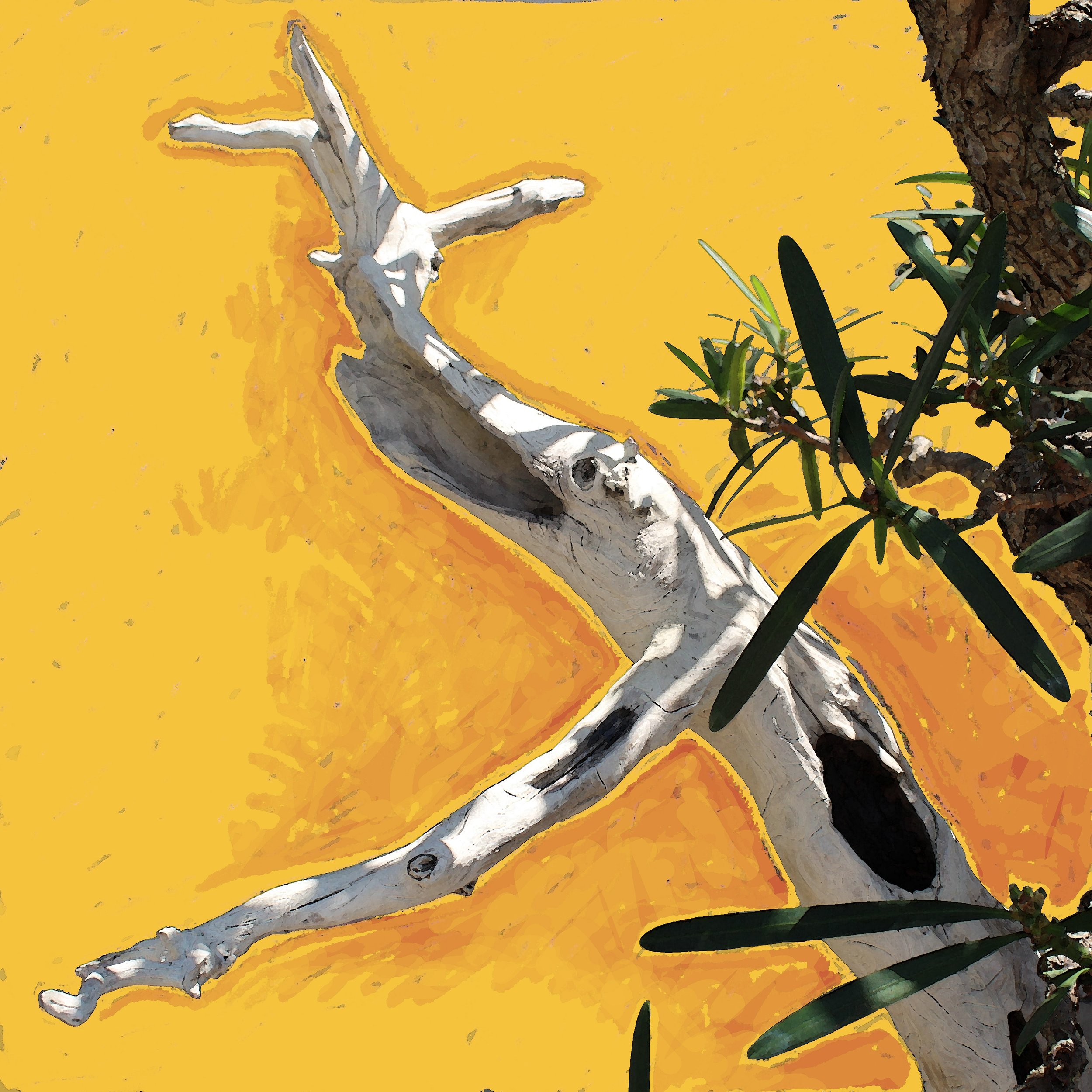Most tray landscapes depict generic scenes from nature, but the possibility exists to have them represent more specific, real-life places. The challenge in doing this is finding a key feature of a given place that can be worked into the design of a tray landscape, suggesting the identity of the place being represented.
Read MoreIn bonsai, American hornbeam is more commonly used than hop-hornbeam. The reason for this is somewhat mysterious, given both species work equally well for the purpose. This disparity is reflected in the Arboretum's bonsai collection, where we have numerous American hornbeam specimens but only one hop-hornbeam. The one hop-hornbeam specimen we have is substantial, however, and we've had it for a long time.
Read MoreThere was a big pot made of redwood, the kind you might use for growing a tree out on a patio, and jutting up out of the soil in the pot was a piece of wood like an upside-down baseball bat. Mr. Staples came along so I asked him if the trunk in a pot was supposed to go with us. “Yeah,” he said, “That goes.” I bent to pick it up. “Be careful with that,” he said, “I paid five hundred dollars for that stick!”
Read MoreWhen you look at an old bonsai you might never guess the history of it. For example, we have in the Arboretum's bonsai collection a large podocarpus (Podocarpus macrophyllus), which we can reasonably surmise to be around seventy years old. To look at it you might well recognize that it looks aged, however nothing in its appearance will give you reason to think our podocarpus grew up at a correctional facility. But it did.
Read MoreThere is another Graveyard Fields. It is considerably smaller than the one off the Parkway but much more accessible, and it is never crowded there unless you want it to be in your imagination. The Graveyard Fields I'm talking about now is a miniature representation of the real place and it can be seen on just about any visit to the Arboretum's bonsai garden when little trees are on display.
Read MoreThe idea of using a wooden planter for a tray landscape had somehow become appealing to me early on. The box used for the Graveyard Fields planting was a first attempt at such, and provided lessons that helped improve the wooden planters we subsequently built for use. After ten years in the wooden container, however, it seemed Graveyard Fields was ready for a modification to its look.
Read MoreThere was a lot of experimentation going on in those days. I tried many different techniques as a means of self-education, and some of these efforts succeeded while others failed. Starting new Amur maple bonsai from cuttings was a success. Starting a new Amur maple bonsai from a cut-back stump was a success. Putting these maples together as a group planting was also successful, although there was a hitch in the process that I didn't recognize until later.
Read MoreBonsai that are very big, or very small, or very old, tend to be the kind of bonsai that attract the most attention. It is their novelty that makes them so appealing. But the fact is that most bonsai do not fit into any of those three categories, and so it should come as no surprise that most of the bonsai in the Arboretum's collection don't fit into those categories either.
Read MoreAn acquaintance back in the late 1990s gave me a little red maple (Acer rubrum) in a pint-size pot. It had been grown from a cutting taken from a tree that exhibited outstanding autumn color. Although this very young plant offered absolutely nothing to suggest it would make a good bonsai, I thought I would aim it that way because in those days every plant I came across was a likely candidate for that purpose.
Read MoreA natural tendency toward obstinacy was only one factor in my inability to let go of the maple and put the sorry tale down to experience. While I was fumbling around with all the difficulties caused by the bifurcated root structure, I was having much more success shaping the upper portion of the tree. This maple was one of my earliest efforts at naturalistic styling and I was pleased with its progression.
Read More








